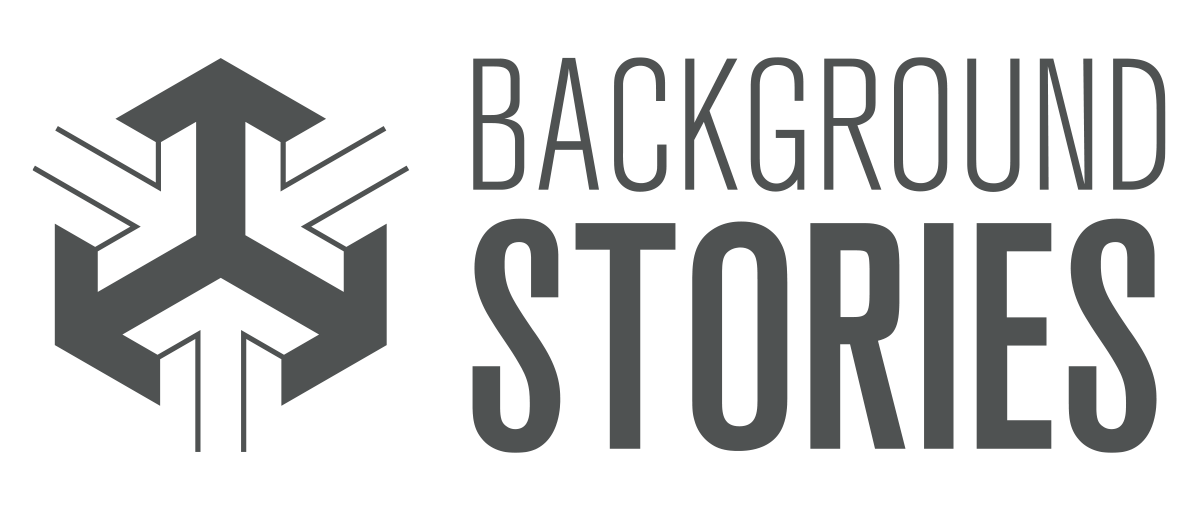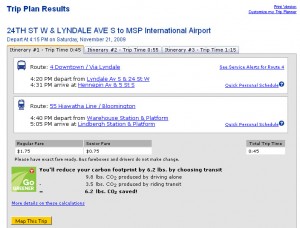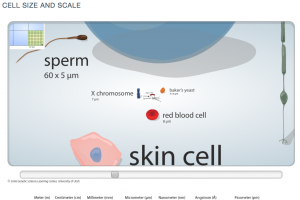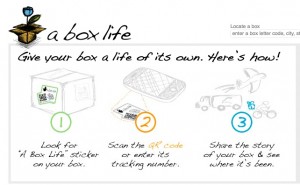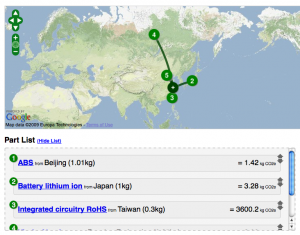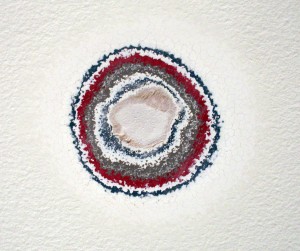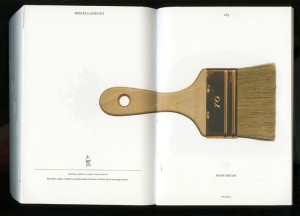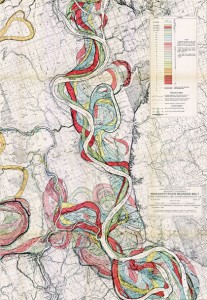Arlene Birt is selected for the 2010 Art(ists) On the Verge fellowship program for a project on Visualizing Grocery Impacts:
Visualizing Grocery Impacts is a data-driven and interactive installation that will help individuals better understand how their daily purchases have global social and environmental impact. In an installation which mimics a super-market, products with custom labels can be collected from the shelves by visitors, and scanned with a barcode reader that will project interactive and visual information on the productʼs background impacts (including global, ecological, political, social and cultural impacts) onto a nearby wall. The installation will provide an innovative approach to understanding sustainability: as an intersection between digital data and the physical world.
The project will be developed Jan – Sept 2010, and exhibited in October.
Art(ists) On the Verge (AOV2) is an intensive, mentor-based fellowship program for 5 Minnesota-based, emerging artists or artist groups working experimentally at the intersection of art, technology, and digital culture with a focus on network-based practices that are interactive and/or participatory.
